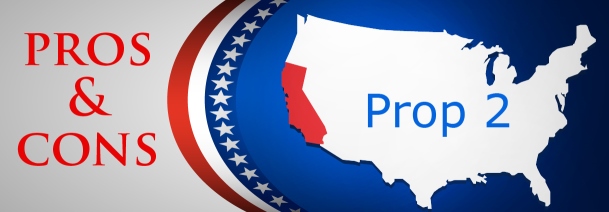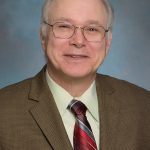Cutting the BS(A): California’s Prop 2 Re the Budget Stabilization Account
Environmental Litigation
by Stephen T. Holzer
818.907.3299
In our second blog examining the propositions we’ll be seeing on the election ballot November 4th, we’ll take a look at California’s Proposition 2, or the Rainy Day Budget Stabilization Fund Act (formerly known as Proposition 44).
If you haven’t guessed already, this prop is about the state’s money, and the serious lack thereof.

Back in 2004, Californians voted to establish a Budget Stabilization Account (BSA), in which the government was expected to allot three percent of revenues from the general fund. The BSA was supposed to be a savings account for those years in which California experienced budget shortfalls. In retrospect, given the consistent downward spiral into debt, the BSA proved to be a tad optimistic.
California’s Proposition 2 may be an acknowledgement of reality. Among other things, the primary goals of this measure are to:

Cut the 2004 BSA deposit requirement in half. The state will be required to put 1.5 percent of revenues into the fund;
- Increase the funding with capital gains taxes if tax revenues exceed eight percent of general fund revenues;
- Require annual deposits to the BSA to begin no later than October 1, 2015; and to continue annually until the total BSA equals 10 percent of general fund revenues;
- Starting next fiscal year and ending fiscal year 2029-30, 1.5 percent of state revenues must be used to pay for other obligations such as budgetary loans and unfunded state-level pension plans. (Essentially, of the three percent initially allotted to the BSA in 2004, half continues to be deposited into the BSA while the other 1.5 percent is allotted to other state debts.)
- Require the governor to declare a fiscal emergency before allowing the state to suspend or reduce annual BSA deposits
- Establish the Public School System Stabilization Account (PSSSA) – funding would come from capital gains tax revenues if they exceed eight percent of general fund revenues. The PSSSA is meant to fund K-14 education needs when the state runs out of educational funding from other revenue sources.
There seems to be wide support for Prop 2, and it transcends the usual party lines. Groups for include Governor Jerry Brown (who signed the bill August 11th), the California Chamber of Commerce and both the state’s Democratic and Republican Parties.
Opposition to Proposition 2 seems to be spearheaded primarily by educational groups. Members of the opposition argue that it limits local school districts to saving their own funding down to a few weeks of district expenses. Additionally, the state regularly skims $5B or more annually from school-allocated property taxes, which California officials have yet to pay back. In fact, $10B in deferred payments from the state have forced school districts to cut programs and dip into their local financial reserves.
President of the California State Board of Education, Dr. Michael Kirst, rebuts with the argument that stabilizing the state economy is the best way to protect schools from further drains on the education budget.
The heart of the matter is this: It seems almost everyone wants a bigger Rainy Day Fund for California – the question is whether or not the cost for this will be borne by our schools.
Stephen T. Holzer is an Environmental and Business Litigation Attorney. Contact him via email: sholzer@lewitthackman.com, or by phone: 818.907.3224.
